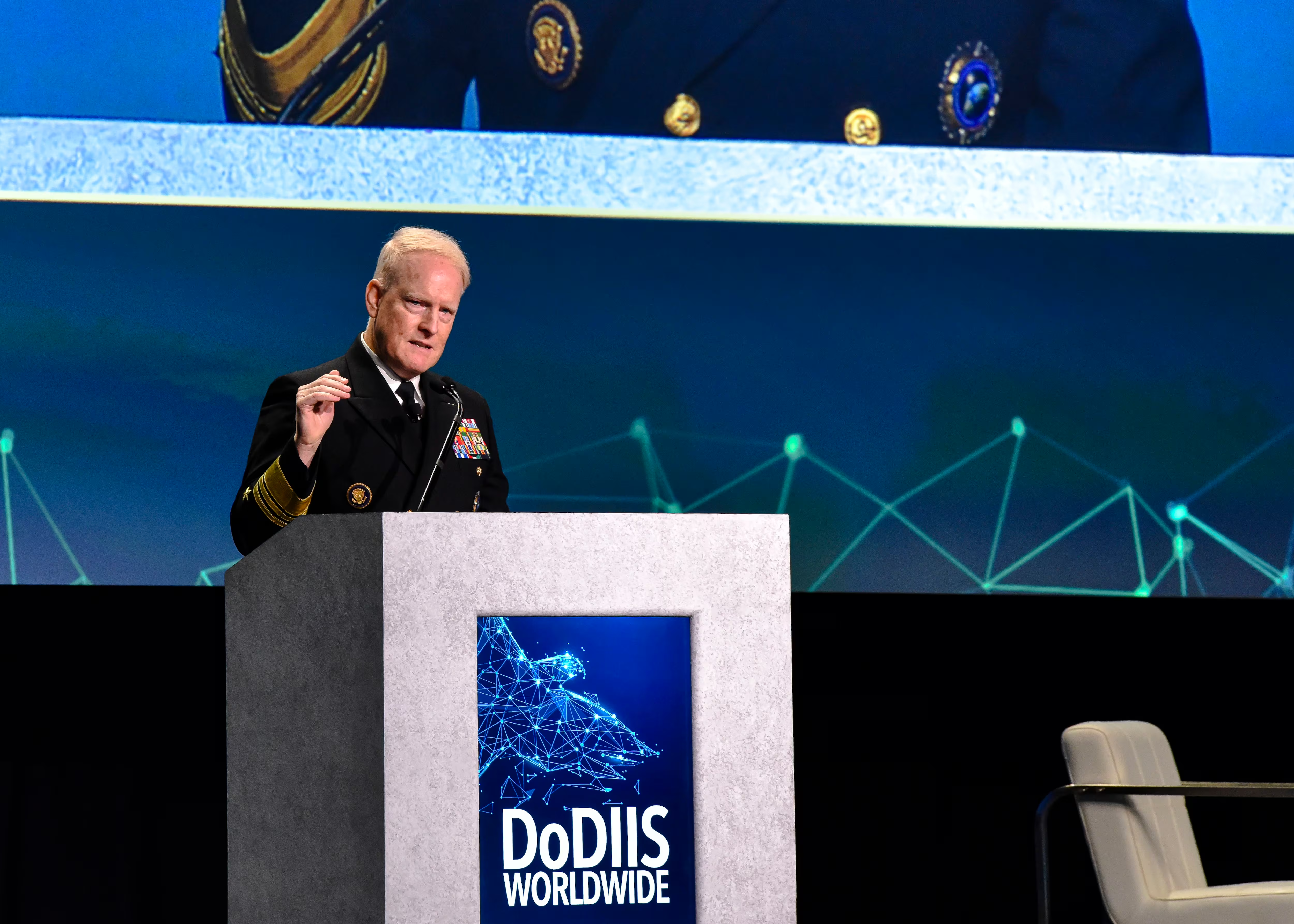In a real sense, radios are limited like humans: it’s hard to both talk and listen at the same time. A radio receiver picks up nearby emitted signals, so it cannot broadcast at the same time it’s trying to listen. While this has worked well enough for over a century of radio use, if any device using radio signals could receive and transmit at the same time, it could effectively fold space into the existing spectrum and speed up communications. Kumu Networks says they have a solution to this problem, a new “self-interference cancellation technology.” If it works at scale, the implications could be use for military customers narrowly, and for anyone that uses radio or Wi-Fi more broadly.
“At the very basic concept, if you think about noise canceling headphones you are wearing on the airplane, how do they work? They listen to the environment, they record the environment, they inverse the noise of the environment by 180 degrees and they inject it back in your ear so you think that you don’t hear anything,” says Joel Brand, vice president of product management for Kumu Networks. “That’s what we do: we take a copy of the translated signal, we invert it, and we inject it into the receiver of that same radio, so the radio doesn’t think that it hears itself. If it cannot hear itself, it can hear everything else.”
While it will be some time before this technology is fielded in smaller, battery-powered devices (think phones), Brand says its already out in the world in large commercial deployments with two major U.S. carriers. The immediate frontier is expanding beyond infrastructure nodes to plugged-in radio signal hubs in houses, like Wi-Fi hotspots or Internet of Things hubs. Brand wouldn’t name the carriers, but he described the process of the existing installations.
“They took LTE base stations, small cells, and connected them to a mobile device, then connected, using our device, through a mobile station to their network. Traditionally, that was not possible because the mobile device would have connected back through that same bay station. So you would have infinite loop, not a mesh network,” says Brand. “Same if you turn on two speaker phones next to each other. Oscillation. With our technology you can turn it such that one device doesn’t hear the other device even if they sit next to each other.”
Besides the commercial deployments, Kumu tested the technology for mobile Wi-Fi relaying in a van as it drove through the hills and outlying neighborhoods of Istanbul, with strong signal throughout. That’s useful enough for anyone commuting through the signal-rich environs of Northern Virginia or elsewhere, but there’s specific military implications that stand out.
First is the practical one. Kumu Networks was part of the vendor team headed by Trellisware that won the a $15.7 million contract from the National Spectrum Consortium (NSC) to develop the Military Full Duplex Radio. That program aims to create a device that can interact with existing communications, and work in signal-rich environments. A tactical radio that can work through interference would be a boon for battlefields and for first responders.
“Think about if you could speak to me while you listen to a third person,” said Brand. Mesh networks with the self-interference cancellation technology could enable communications to run both ways, quickly. “Now think about a mesh hop, popular in Wi-Fi and in military applications. You are receiving from one, you are turning around transmitting the information further on to the next hop in the chain. With our technology, because you can listen while translating, you can do that pretty much simultaneously; you need to get first packet but then you can turn around and start translating.”
The other military implication is what listening through interference could mean for electronic warfare.
“There’s always conflict between signal intelligence, the need to always listen to what’s going on around you, and Electronic Warfare, that’s attempting to jam the spectrum in order to prevent the enemy from being able to communicate,” says Brand. “Every time you jam, you also jam your own forces. If you could jam, meaning transmit, while still listening, so you could collect data, you could resolve that fundamental conflict in electronic warfare environment.”
Kelsey Atherton blogs about military technology for C4ISRNET, Fifth Domain, Defense News, and Military Times. He previously wrote for Popular Science, and also created, solicited, and edited content for a group blog on political science fiction and international security.








